
Alouatta seniculus
Alouatta seniculus
Red howler monkey (scientific name Alouatta seniculus) is a species of howle···
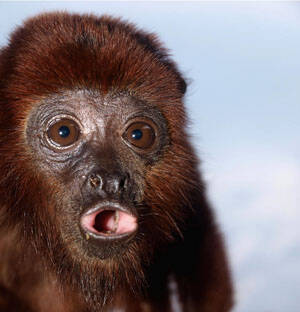
Alouatta pigra
Alouatta pigra,Red-faced howler monkey
The howler monkey (Alouatta pigra), also known as the red-faced howler monke···
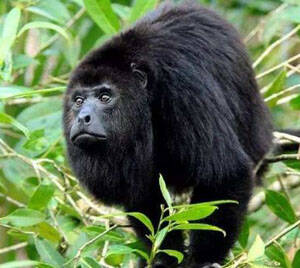
Alouatta palliata
Alouatta palliata,Mantled Howler Monkey,Long-haired howler monkey
Mantled Howler Monkey (scientific name: Alouatta palliata) is also known as ···
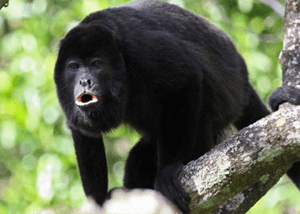
Alouatta caraya
Alouatta caraya
The scientific name of the black howler monkey is Alouatta caraya. It mainly···

Callicebus lucifer
Callicebus lucifer
The scientific name of the white-collared monkey is Callicebus lucifer. It m···
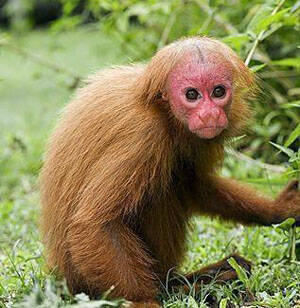
Cacajao calvus
Cacajao calvus
The scientific name of the white bald monkey is Cacajao calvus. 67% of their···

Chiropotes satanas
Chiropotes satanas,Black Bearded Saki,Black-bearded bush monkey
The scientific name of the black bush-tailed monkey is Chiropotes satanas, a···

Aotus trivirgatus
Aotus trivirgatus,Douroucouli、Night Monkey,owl monkey
The night monkey (scientific name: Aotus trivirgatus) is also known as Douro···
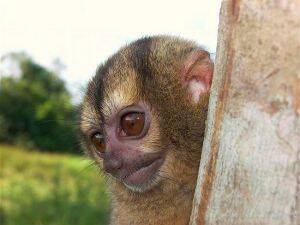
Aotus lemurinus
Aotus lemurinus,Colombian Night Monkey,Gray-bellied Night Monkey
Aotus lemurinus (scientific name: Colombian Night Monkey) is a species of Ao···

Saimiri sciureus
Saimiri sciureus
Squirrel monkeys (scientific name: Saimiri sciureus) have 4 subspecies. They···
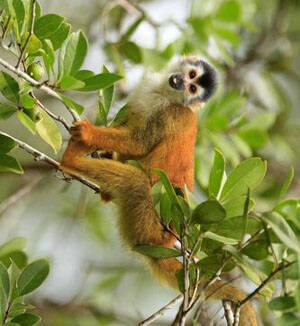
Saimiri oerstedi
Saimiri oerstedi,Panamanian squirrel monkey, red-backed squirrel monkey
The scientific name of the red-backed squirrel monkey is Saimiri oerstedi. T···

Saimiri ustus
Saimiri ustus,Naked-eared squirrel monkey
The scientific name of the Mahe squirrel monkey, Saimiri ustus, is a tree-dw···
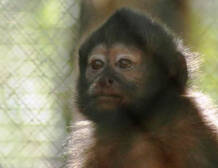
Sapajus robustus,
Sapajus robustus, Crested Capuchin、Robust Tufted Capuchin,Schopfkapuzineraffe, Macaco Prego、macaco prego de crista,Crested Capuchin
Sapajus robustus (scientific name: Sapajus robustus) English Crested Capuchi···

Sapajus nigritus
Sapajus nigritus, Black-horned Capuchin、Black Capuchin、Black-capped capuchin, Sajou、Sapajou, Capuchino、Mono-capuchino, Schwarzer Kapuzineraffe
Black-horned Capuchin (scientific name: Sapajus nigritus) is called Black-ho···

Sapajus libidinosus
Sapajus libidinosus, Bearded Capuchin、Black-striped Capuchin,Rückenstreifen-Kapuzineraffe, Macaco-prego、Macaco-prego-amarelo
Bearded Capuchin (scientific name: Sapajus libidinosus) English Bearded Capu···

Sapajus flavius
Sapajus flavius, Blonde Capuchin、 Marcgrave's Capuchin Monkey, Blonder Kapuzineraffe
Blonde Capuchin (scientific name: Sapajus flavius) English Blonde Capuchin, ···
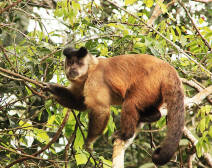
Sapajus cay
Sapajus cay,Azara’s Capuchin、 Hooded Capuchin、yellow bearded capuchin,Sajou brun、Sapajou、Sapajou du Paraguay, Capuchino de Azara、 Mono、Mono-Capuchino, Azara-Kapuzineraffe, Scimmie Cappucine
Sapajus cay (scientific name: Sapajus cay) is called Azara’s Capuchin, Hood···
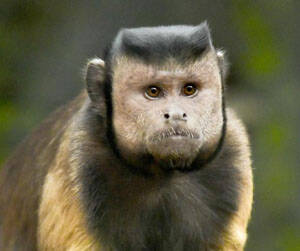
Sapajus apella
Sapajus apella,Black-capped Capuchin、 Guianan Brown Capuchin、 Margarita Island Capuchin、 Tufted Capuchin, Apella、 Faunaffe、Gehaubter Kapuziner
Black-capped Capuchin (scientific name: Sapajus apella) is called Black-capp···

Saguinus bicolor
Saguinus bicolor,Brazilian Bare-faced Tamarin,Black and white tamarin, black and white tamarin, two-colored tamarin, two-colored tamarin, spotted-faced tamarin, two-colored tamarin
The black-and-white tamarin (scientific name: Saguinus bicolor) is also know···
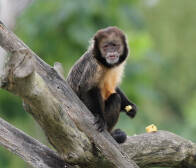
Sapajus xanthosternos
Sapajus xanthosternos, Buff-headed Capuchin、Yellow-breasted Capuchin,Gelbbrust-Kapuzineraffe,Macaco-prego, Macaco-prego-de-peito-amarelo
Sapajus xanthosternos (scientific name: Sapajus xanthosternos) English Buff-···

Cebus olivaceus
Cebus olivaceus, Guinan Weeper Capuchin、Wedge-capped Capuchin、 Weeper Capuchin,Sapajou pleurer, Capuchino Oliva, Brauner Kapuzineraffe, Wedge-capped Capuchin
Black-banded Capuchin (scientific name: Cebus olivaceus) English Guinan Weep···
